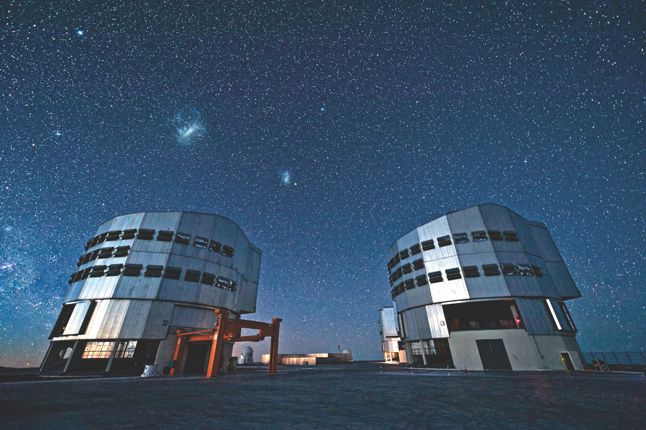High-spin early stars
DOI: 10.1063/PT.3.1153
High-spin early stars. Stellar nucleosynthesis by exothermic fusion ends with iron, the most tightly bound of all nuclei. Stars produce heavier species by two neutron-capture mechanisms—the rapid “r-process” and the slow “s-process”—and expel them in supernovae or stellar winds. The r-process avails itself of the enormous neutron flux during the supernova to convey nuclei up the atomic-number scale by way of short-lived stages faster than those stages can decay back down. The s-process, making do with weaker neutron fluxes inside quiescent stars, requires long-lived intermediate stages. It was long thought that the s-process occurs only in stars of modest mass. But now Cristina Chiappini (Leibniz Institute for Astrophysics, Potsdam, Germany) and coworkers have reported anomalously high abundances of two s-process products—yttrium and strontium—in spectra of a cluster of Milky Way stars so old that their Y and Sr must have been created in an early generation of very massive stars that exploded less than a billion years after the Big Bang. Yet model calculations of the s-process in early massive stars yield far too little Y and Sr to account for the overabundances—unless those stars were spinning very fast. Chiappini and company suggest that first-generation stars were not only very massive, as is generally thought, but also very rapidly spinning, with surface speeds as high as 800 km/s. They calculate that the resultant centrifugal mixing of interior layers boosted the s-process’s efficiency by the requisite four orders of magnitude. The spectra were taken with the European Southern Observatory’s Very Large Telescope, shown here. (


